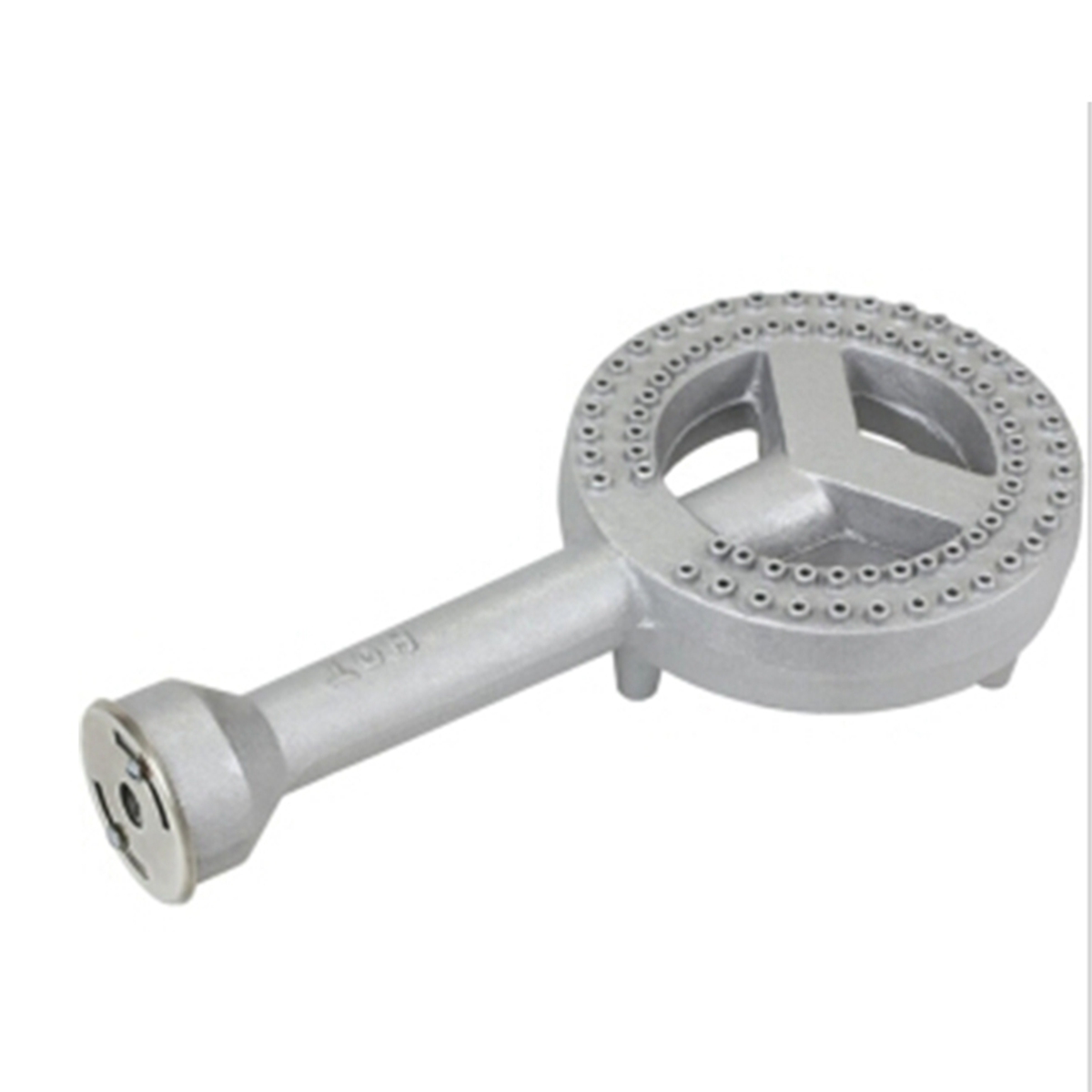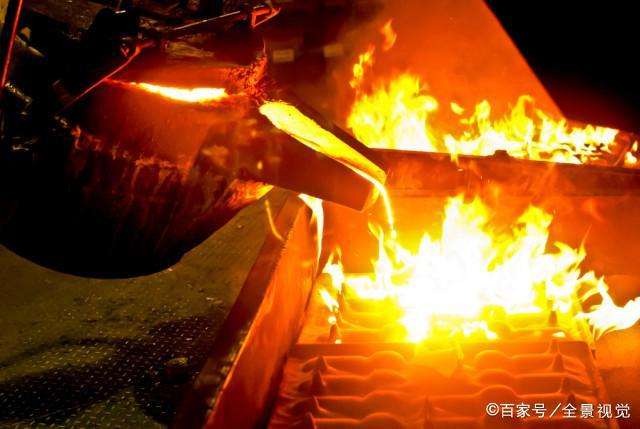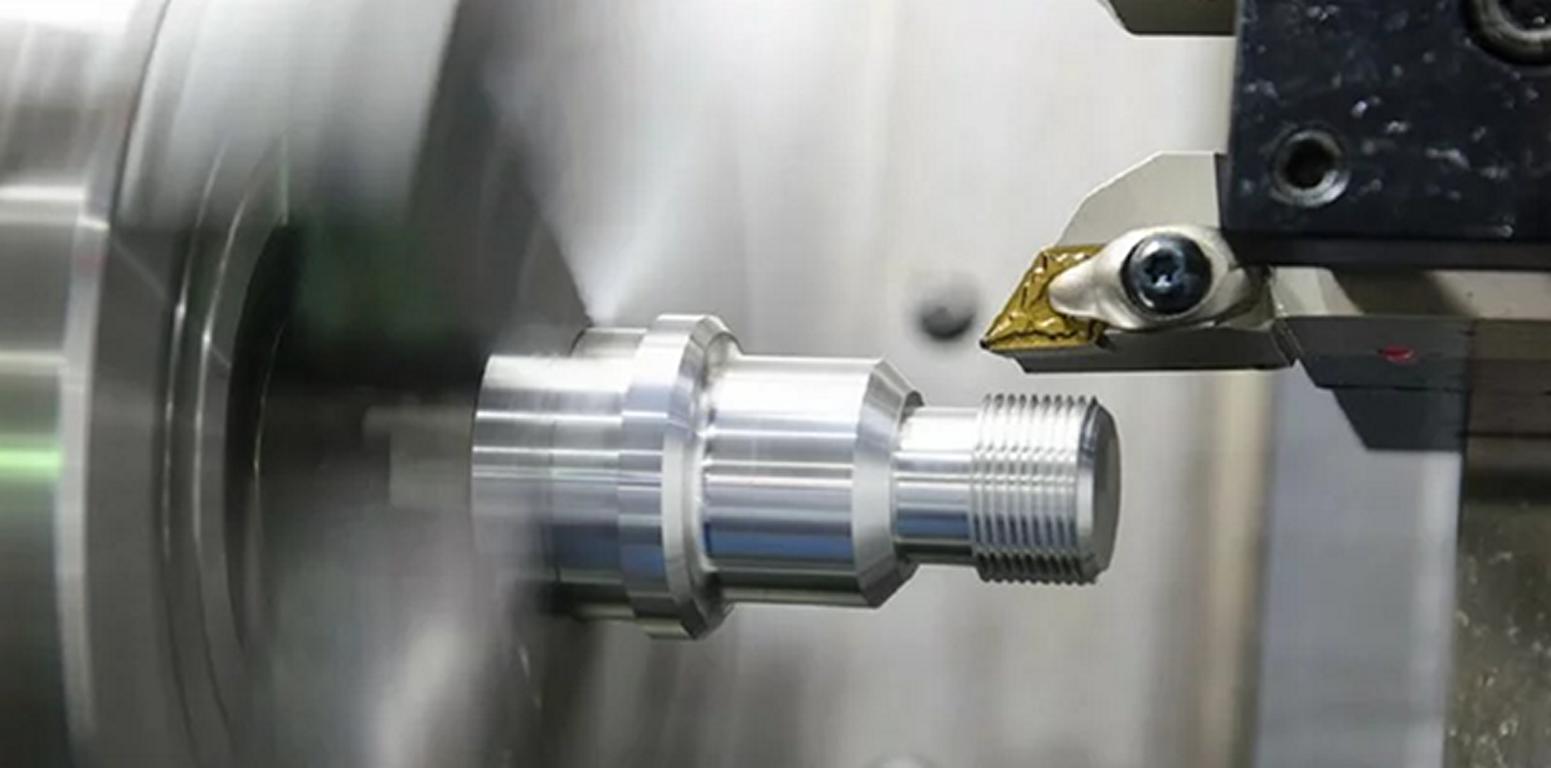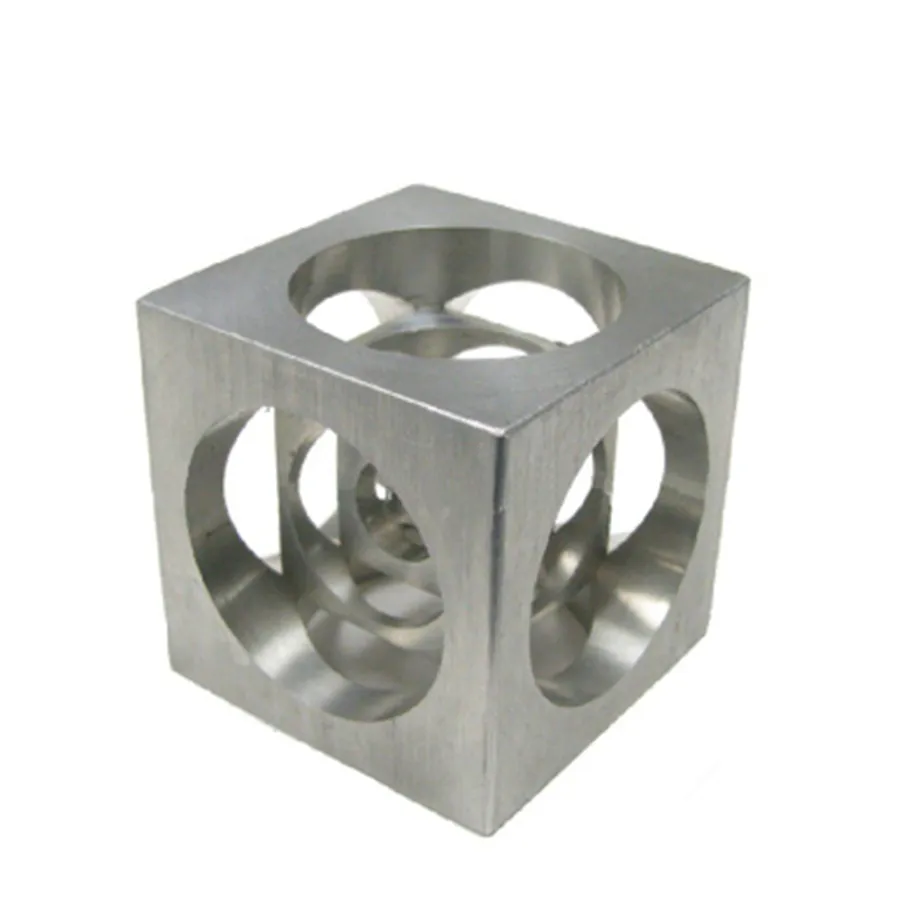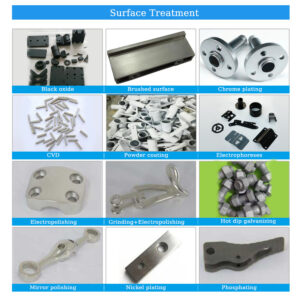
Surface Preparation
Cleaning: Ensure thorough removal of oil, grease, dirt, rust, and mill scale. Inadequate cleaning leads to poor zinc adhesion.
Pickling: Use hydrochloric or sulfuric acid to dissolve remaining oxides. Monitor acid concentration and temperature to avoid over-pickling (pitting) or under-pickling.
Fluxing: Apply a flux (typically zinc ammonium chloride) to prevent re-oxidation before immersion in molten zinc. Rinse properly after acid pickling to avoid flux contamination.
Material Compatibility
Steel Composition: Verify that the steel is suitable for galvanizing. High-silicon or phosphorus content can cause excessive zinc reactivity, leading to thick, brittle coatings.
Welded Joints: Use weld rods/fluxes compatible with galvanizing. Slag or porosity in welds may trap acids or zinc, causing defects.
Galvanizing Process Control
Zinc Bath Temperature: Maintain between 445°C and 465°C. Higher temperatures accelerate zinc-iron reaction, increasing coating thickness but risking brittleness.
Immersion Time: Optimize based on steel thickness and bath temperature. Prolonged immersion can lead to excessive alloy layer growth.
Withdrawal Speed: Control withdrawal rate to ensure uniform coating and minimize drips or runs.
Post-Galvanizing Handling
Cooling: Allow parts to cool gradually to avoid thermal stress. Quenching in water may be used but can affect coating appearance.
Venting: Ensure hollow structures (e.g., pipes) have vent holes to allow trapped gases/air to escape during immersion and prevent explosions.
Drainage: Design parts to avoid pockets where molten zinc can pool, causing uneven coatings or drips.
Coating Inspection & Quality Control
Thickness Testing: Use magnetic gauges or microscopy to verify coating thickness meets standards (e.g., ASTM A123).
Adhesion Testing: Perform bend or hammer tests to check for flaking or peeling.
Appearance: Inspect for smoothness, uniformity, and absence of bare spots, blisters, or ash inclusions.
Design Considerations
Avoid Trapped Areas: Design components to allow complete drainage of molten zinc (e.g., avoid closed sections).
Sharp Edges: Round edges (≥3mm radius) to prevent excessive zinc buildup and flaking.
Dissimilar Metals: Isolate galvanized steel from non-compatible metals (e.g., copper, brass) to prevent bimetallic corrosion.
Safety & Environmental Compliance
Ventilation: Ensure proper fume extraction to handle zinc fumes and acid vapors.
PPE: Use heat-resistant gloves, face shields, and protective clothing during handling.
Waste Management: Neutralize and dispose of pickling acids, flux residues, and dross according to environmental regulations.
Post-Treatment (if required)
Passivation: Apply chromate or phosphate treatments to reduce white rust formation during storage/transport.
Painting: If overpainting, use primers compatible with zinc (e.g., epoxy-based).
Storage & Transportation
Avoid Moisture: Store galvanized items in dry, well-ventilated areas to prevent premature white rust.
Stacking Protection: Use spacers or padding to prevent mechanical damage to coatings.
Common Pitfalls to Avoid:
Skipping pre-treatment steps (e.g., degreasing).
Overheating the zinc bath, leading to dross formation.
Ignoring design flaws (e.g., sharp edges, inadequate venting).
Failing to inspect coatings for defects before installation.
By adhering to these guidelines, hot dip galvanizing can provide durable, long-lasting corrosion protection for steel structures. Always reference applicable standards (e.g., ASTM, ISO) and consult experienced galvanizers for complex projects.

